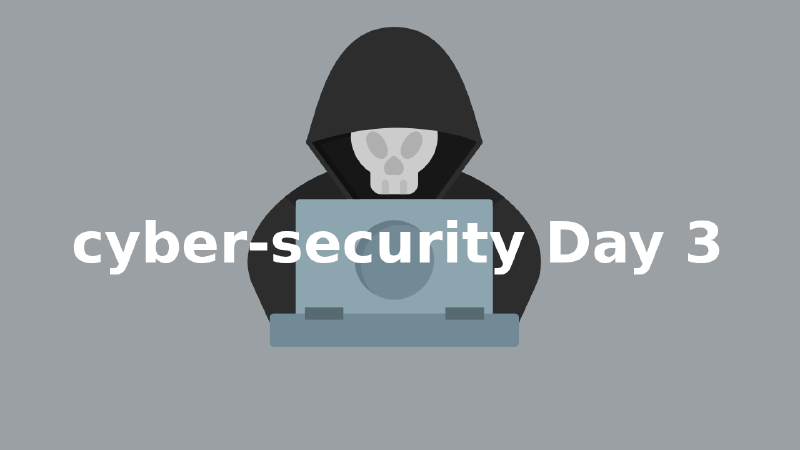Main Topics
I will discuss the basic knowledge that I learned to increase my ease in learning Ethical Hacking skills, knowledge about internet networks will certainly be very complex and more and more must be learned along with the development of technology and the needs of its use. But to learn Ethical Hacking there are at least a few points that will make it easier for us why this internet network knowledge is very necessary.
Knowing the type of connection This is no less important, to make it easier in the future in learning we need to know the types of internet connections such as the difference between INTERNET, INTRANET or VIRTUAL PRIVATE NETWORK.
The difference between LAN, MAN and WAN networks No less important, this knowledge will make us more specific to have basic knowledge on Networking Fundamentals which will make it easier for us in the future to do Hacking if we are faced with an attack scheme with a certain type of net.
Internet Network Topology Internet network topology will increase our knowledge to know the weaknesses and advantages of each existing internet network.
IP Address Class The IP Address class will make it easier for us to identify the internet network that we use or to dig deeper information with the target we want to test for weaknesses.
Dynamic IP Address or Static IP Address This knowledge will make it easier for us how the system or target that we will test uses a connection with a static IP Address type or uses a Dynamic IP Address, in terms of use and designation, of course it is different between Dynamic IP Address and static IP Address. For that we also need to know all of this.
Intranet
In a learning session that I attended about training to become a Penetration Tester, there are interesting things that I just found out about, namely the Intranet network, where a system that uses an interanet network type can also be tested for vulnerabilities. Interestingly, in fact, there will be more and more security gaps to be tested besides using an Internet connection, it turns out that we can also test for systems that use intranet connection types.
Public IP and Private IP
This type of IP Address is different and according to their respective designations. In general, Public IP can be used and accessed globally via the internet but on the other hand Private IP cannot be used globally, it can only be used on a local network in a certain place.
OSI Layer
The OSI Layer standard works on a systematic procedure, this concept divides the flow of a communication system coherently into 7 layers with their respective roles in each layer.
Application This stage is directly related to the user. The Application Layer is the procedure for connecting communication from the device.
For example, when sending an e-mail. An e-mail program, such as Gmail, will initiate communication with the network before the message can be sent. This is where the Application Layer takes place involving HTTP, SMTP, FTP, and telnet protocols.
Presentation The Presentation Layer is responsible for preparing data for use with specific programs.
The Presentation Layer acts as a translator of different communication languages between two computer devices. It encrypts data from the source device, then decrypts it on the receiving device.
Session This layer is required to communicate called Session or session. This layer is responsible for opening the network for a sufficient duration of time for the data exchange to run properly.
Transport The Transport Layer is responsible for sending messages between two devices, taking data from the previous layer and forwarding it to the next layer.
Network The Network Layer is in charge of providing a path, as a facility for the process of exchanging information between two different networks. The Network Layer looks for the best communication path between networks (routing). Then this layer distributes the data sent from the source device by dividing it into small packets. Then reassemble it when it reaches the receiving device.
Data Link If the Network Layer is the distributor of information between networks, the Data Link is the provider of communication paths within the same network.
Physical The most basic layer of the seven OSI Layers is responsible for transmitting data in the form of bit streams. The Physical Layer includes all the information exchange devices owned by the two devices that do it, which means including cables and buttons.
This is an introductory article to the knowledge of the Internet network that we must know to be able to learn Ethical Hacking easily at the next stage, hopefully useful and this article will continue to the next series.
